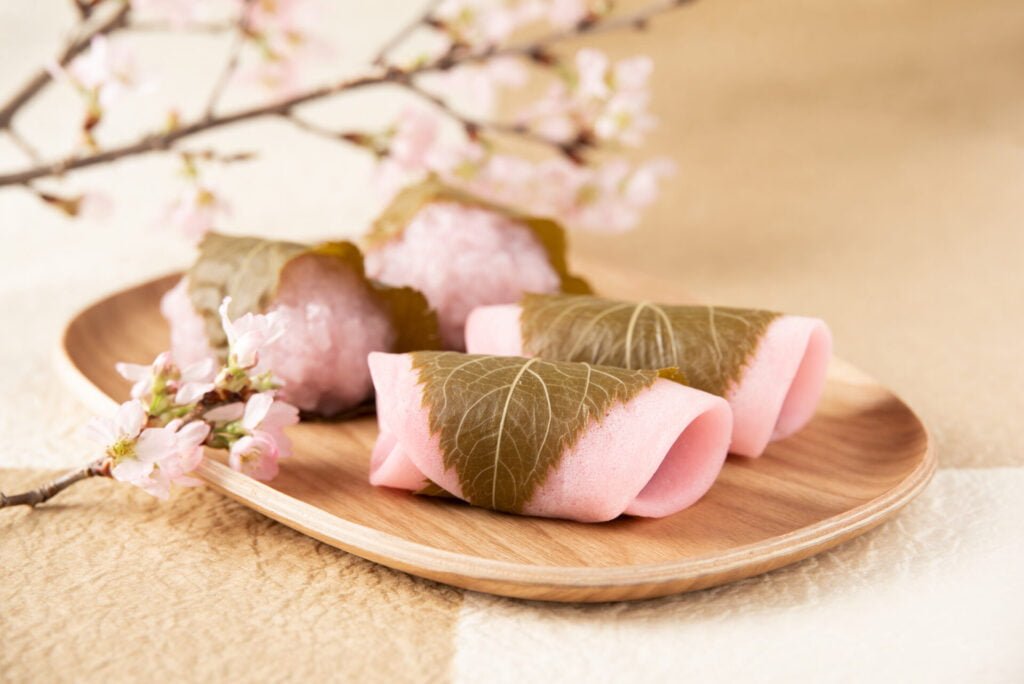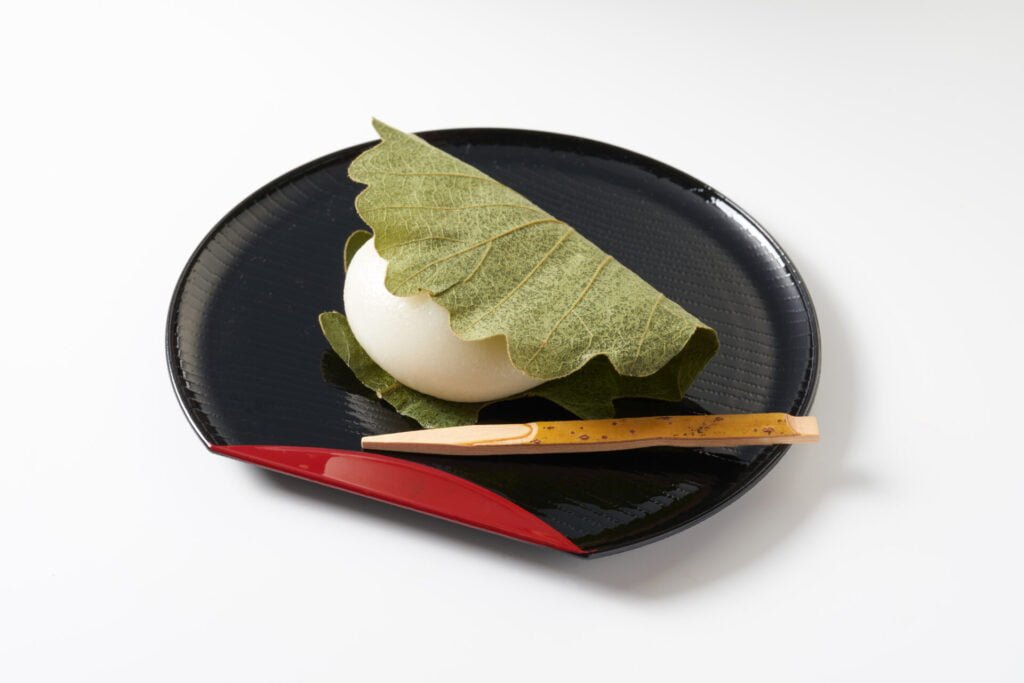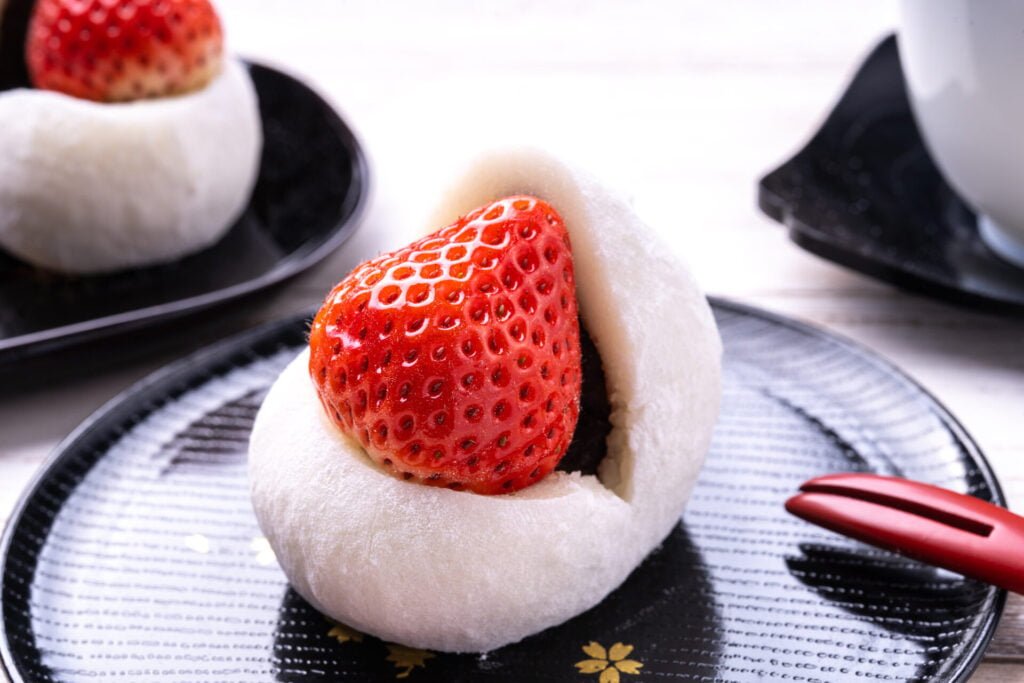The Magic of Mochi: Exploring the Diverse World of Japanese Rice Cake Desserts
In Japanese confectionery culture, mochi (rice cakes) play an indispensable role in creating beloved mochi desserts. Loved for their unique chewy texture and versatility in flavors, mochi-based desserts continue to captivate people’s hearts. This article delves deep into the role of mochi in Japanese sweets, from its cultural significance to the charm of representative mochi desserts.
The Role of Mochi in Japanese Desserts: A Fusion of Tradition and Innovation
Mochi is deeply rooted in Japanese food culture, with a history dating back to ancient times. Originally used as offerings to the gods, mochi gradually became a part of people’s daily diet and eventually secured an important position in the world of Japanese confectionery, giving birth to numerous mochi desserts.
The main ingredient of mochi, glutinous rice, is stickier than regular rice. When steamed and pounded, it produces a distinctive chewy texture that forms the basis of many mochi desserts. This texture has long been cherished by the Japanese, and as the saying “Leave mochi making to the mochi maker” suggests, the method of making mochi has been passed down as a craftsman’s skill.
The appeal of mochi in Japanese desserts lies not only in its texture but also in its flexibility to transform into various flavors and shapes. Mochi can be combined with sweet bean paste, molded into different forms, or even given a savory flavor. This versatility allows mochi desserts to express the changing seasons and showcase local specialties, bringing rich expressions to the world of Japanese confectionery.
Today, mochi-based desserts range from traditional to creative, embodying the depth of Japanese food culture. In the following sections, we’ll introduce some representative mochi desserts and explore their unique characteristics and charms.
Sakura Mochi: A Beautiful Mochi Dessert Heralding Spring

Sakura mochi is widely loved as a Japanese mochi dessert symbolizing the arrival of spring. Its appearance – a pale pink mochi wrapped around sweet bean paste and further wrapped in a salted cherry blossom leaf – beautifully expresses the essence of Japanese spring.
There are two types of this mochi dessert: the Kanto style and the Kansai style, each with distinct characteristics. The Kanto style (Chomeiji style) uses a thin crepe-like wrapper made primarily from wheat flour to enclose the bean paste, which is then wrapped in a cherry blossom leaf. On the other hand, the Kansai style (Domyoji style) uses domyoji powder made from glutinous rice, resulting in a more mochi-like texture.
The history of this popular mochi dessert dates back to the Edo period. It is said to have originated from the confections sold in front of Chomeiji Temple (in present-day Taito Ward, Tokyo) and later spread throughout the country. The cherry blossom leaves also served a practical purpose, having antibacterial properties that helped preserve the mochi.
While it’s common to eat sakura mochi with the leaf, some people prefer to remove it. The combination of the salted cherry blossom leaf’s aroma, the sweet bean paste, and the chewy texture creates a perfect harmony that evokes the arrival of spring in this unique mochi dessert.
Kashiwa Mochi: A Beloved Mochi Dessert Symbolizing Early Summer

Kashiwa mochi is one of the Japanese mochi desserts representing the season of fresh greenery. It’s characterized by mochi wrapped around bean paste and further wrapped in an oak leaf. This mochi dessert is primarily eaten during the Boys’ Day festival in May.
While there are various theories about the origin of this mochi dessert, it’s widely believed to be associated with good fortune. Oak leaves don’t fall until new buds grow, symbolizing the continuity of family lineage. This makes it an appropriate sweet for Boys’ Day, which celebrates children and wishes for their prosperity.
The mochi part of kashiwa mochi is typically made from a mixture of joshinko (rice flour made from non-glutinous rice) and shiratamako (rice flour made from glutinous rice). This combination results in a slightly firmer texture with an appropriate elasticity, distinguishing it from other mochi desserts. The filling is usually sweet red bean paste or white bean paste, though some regions have unique variations like miso-flavored fillings.
Oak leaves have insect-repellent properties and were valued as natural wrappers in the past. Today, for hygiene reasons, artificial leaves modeled after oak leaves are often used instead of real ones in this traditional mochi dessert.
When eating kashiwa mochi, it’s common to remove the leaf and eat only the mochi and bean paste inside. The early summer seasonal feeling, the chewy texture, and the sweet taste of the bean paste create an exquisite balance in this beloved mochi dessert.
Daifuku Mochi: A Popular Mochi Dessert Enjoyed Year-Round

Daifuku mochi, commonly known as “daifuku,” is one of the most beloved mochi desserts in Japan. Despite its simple structure – soft mochi wrapped around sweet bean paste – many people are captivated by its taste and texture, making it popular among people of all ages.
While traditional daifuku is wrapped in white mochi, various variations of this mochi dessert have emerged in recent years. For example, ichigo daifuku, which wraps mochi around bean paste and a whole strawberry, is a popular springtime limited edition. Other flavors like matcha, yuzu, and chocolate have also been developed, showcasing new charms of Japanese mochi desserts.
The mochi used in daifuku is made from glutinous rice, giving it a very chewy texture. The contrast between this texture and the smoothness of the bean paste inside is one of the attractions of this classic mochi dessert.
Tips for Enjoying Mochi Desserts: Enhancing Flavors and Proper Storage
There are several points to keep in mind to fully enjoy mochi desserts.
First, regarding eating methods, most mochi desserts are best eaten at room temperature. Mochi sweets straight out of the refrigerator may be hard, so letting them sit for a while before eating allows you to enjoy their original chewy texture.
Enjoying mochi desserts with tea is also a traditional Japanese way of eating them. Green tea, in particular, enhances the sweetness of mochi desserts and provides a refreshing aftertaste. Try pairing different types of tea like sencha, gyokuro, or hojicha with different mochi desserts according to the season and type.
Regarding storage, mochi desserts generally have a short shelf life, so it’s recommended to eat them as soon as possible. However, if you can’t eat them immediately, storing them in the refrigerator can keep them delicious for 1-2 days. It’s important to wrap them in plastic wrap or put them in an airtight container to prevent drying out.
There are also safety considerations when enjoying mochi desserts. Mochi is known to be a choking hazard, so it’s important to cut it into small pieces and chew thoroughly. Extra caution is needed when elderly people or young children are eating mochi desserts.
Finally, many mochi desserts are associated with specific seasons or events. By being aware of the seasonal feelings and cultural background while tasting them, you can gain a deeper understanding of Japanese culture through these traditional sweets.
Mochi desserts are wonderful Japanese confections that embody Japan’s four seasons and culture. We hope you thoroughly enjoy their unique textures and diverse flavors, and feel the depth of Japanese food culture through these delightful mochi-based treats.
